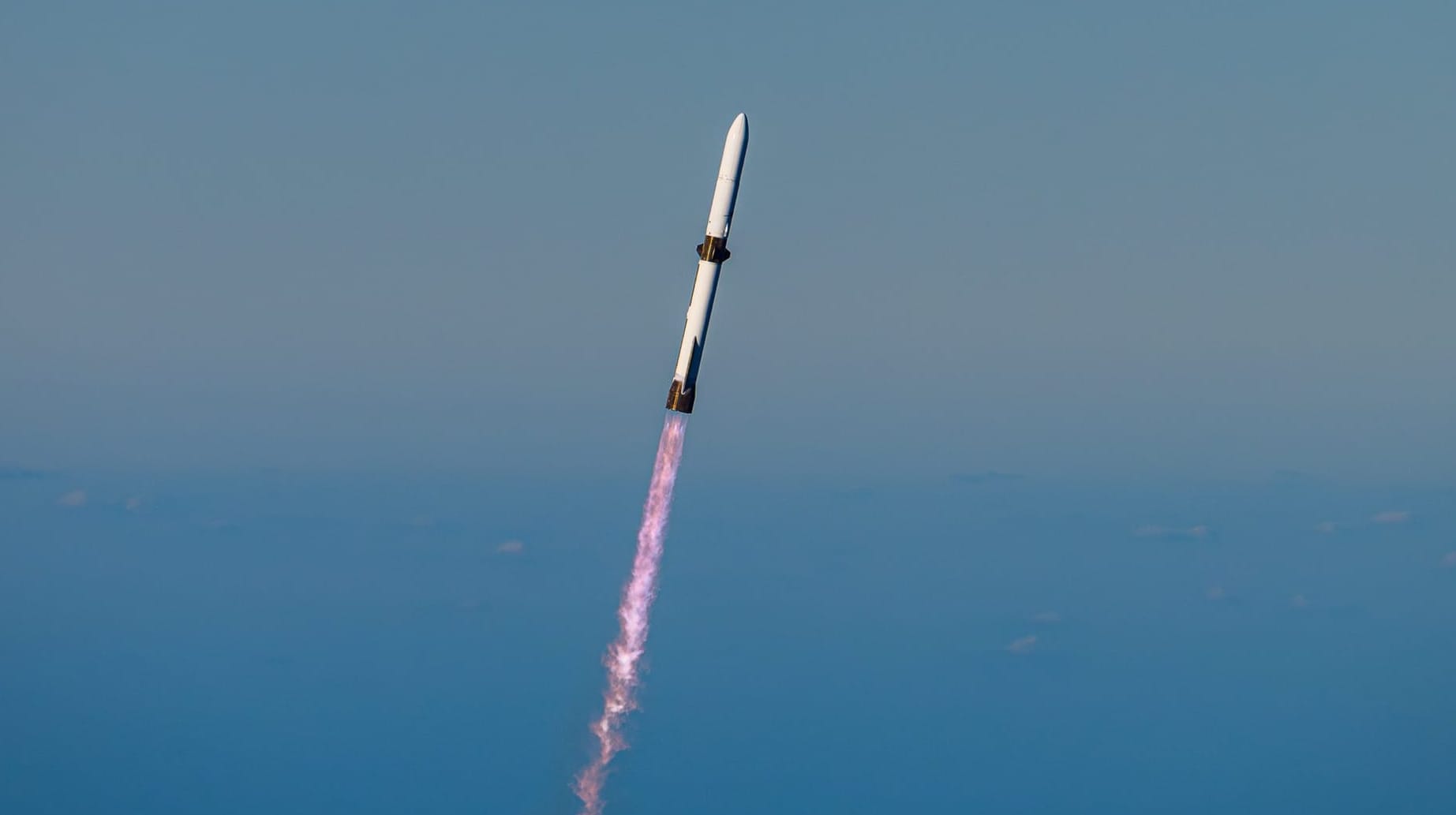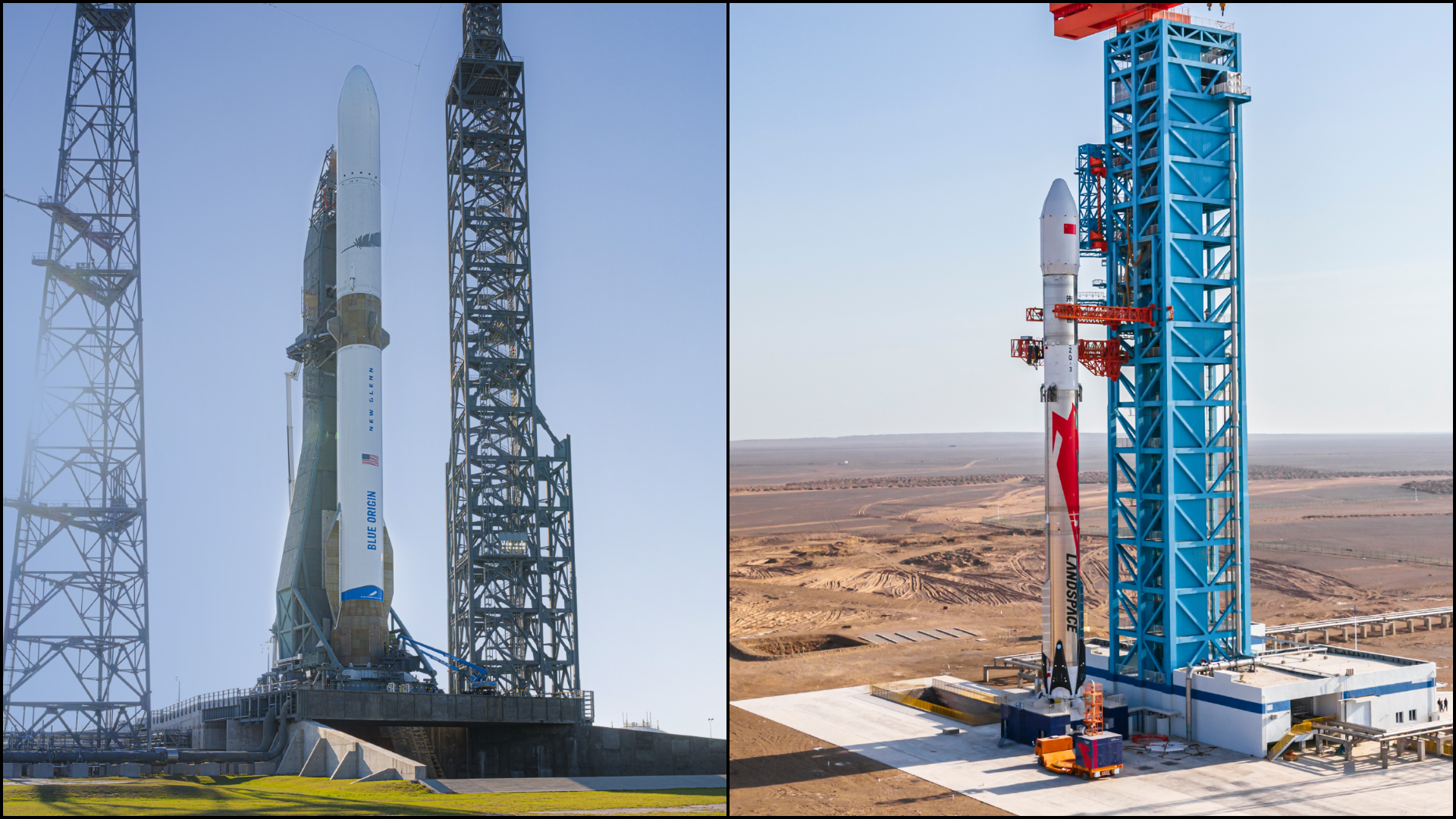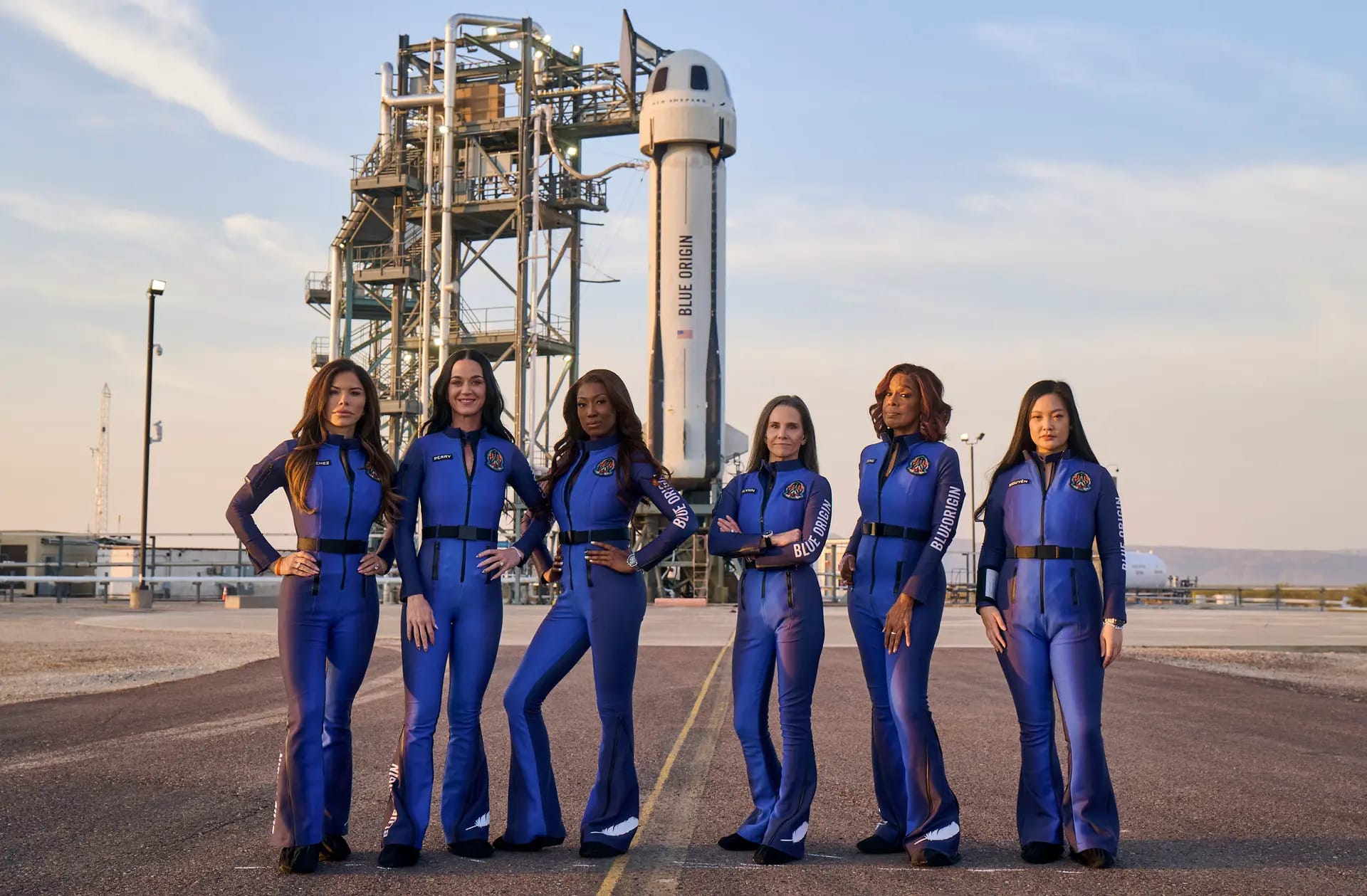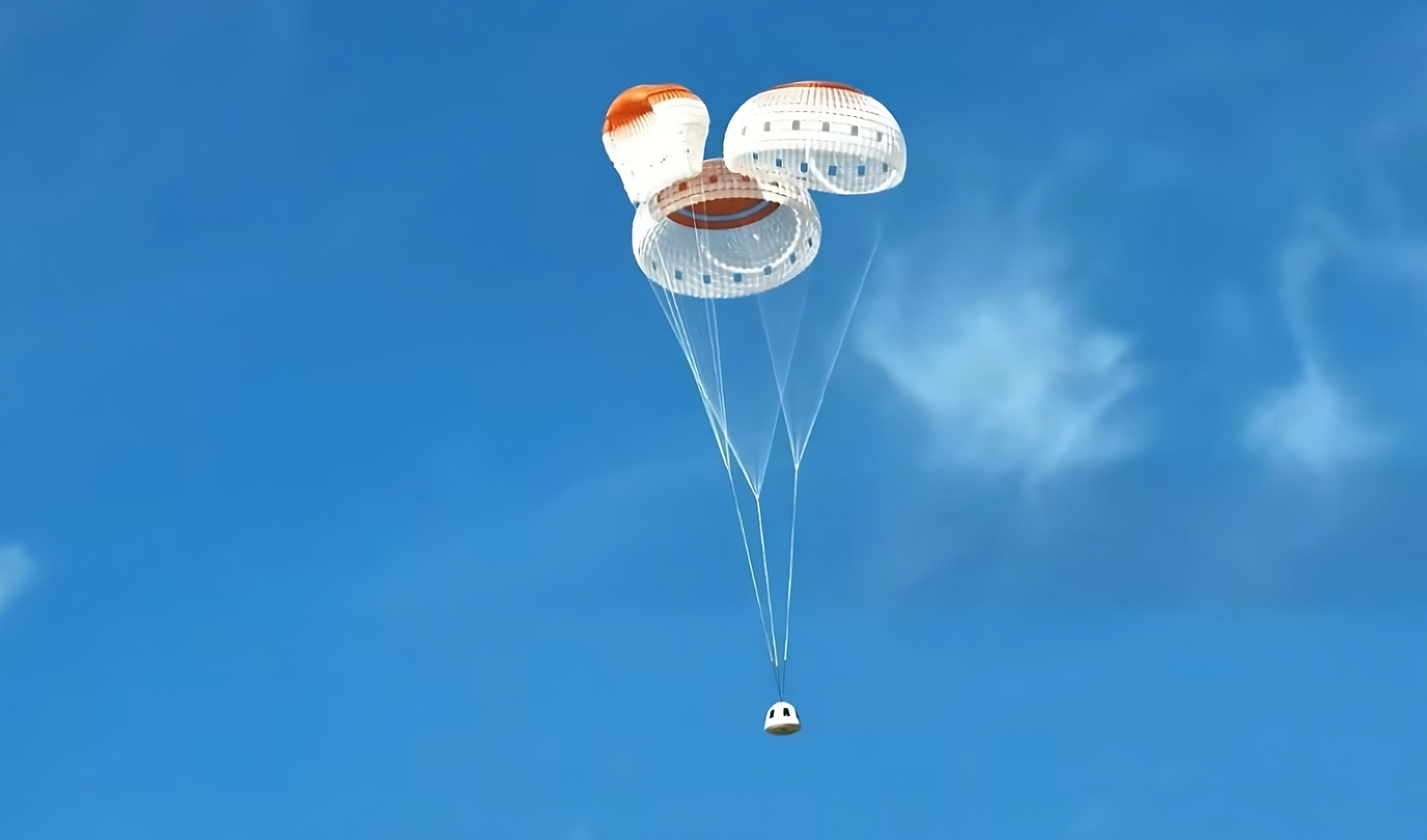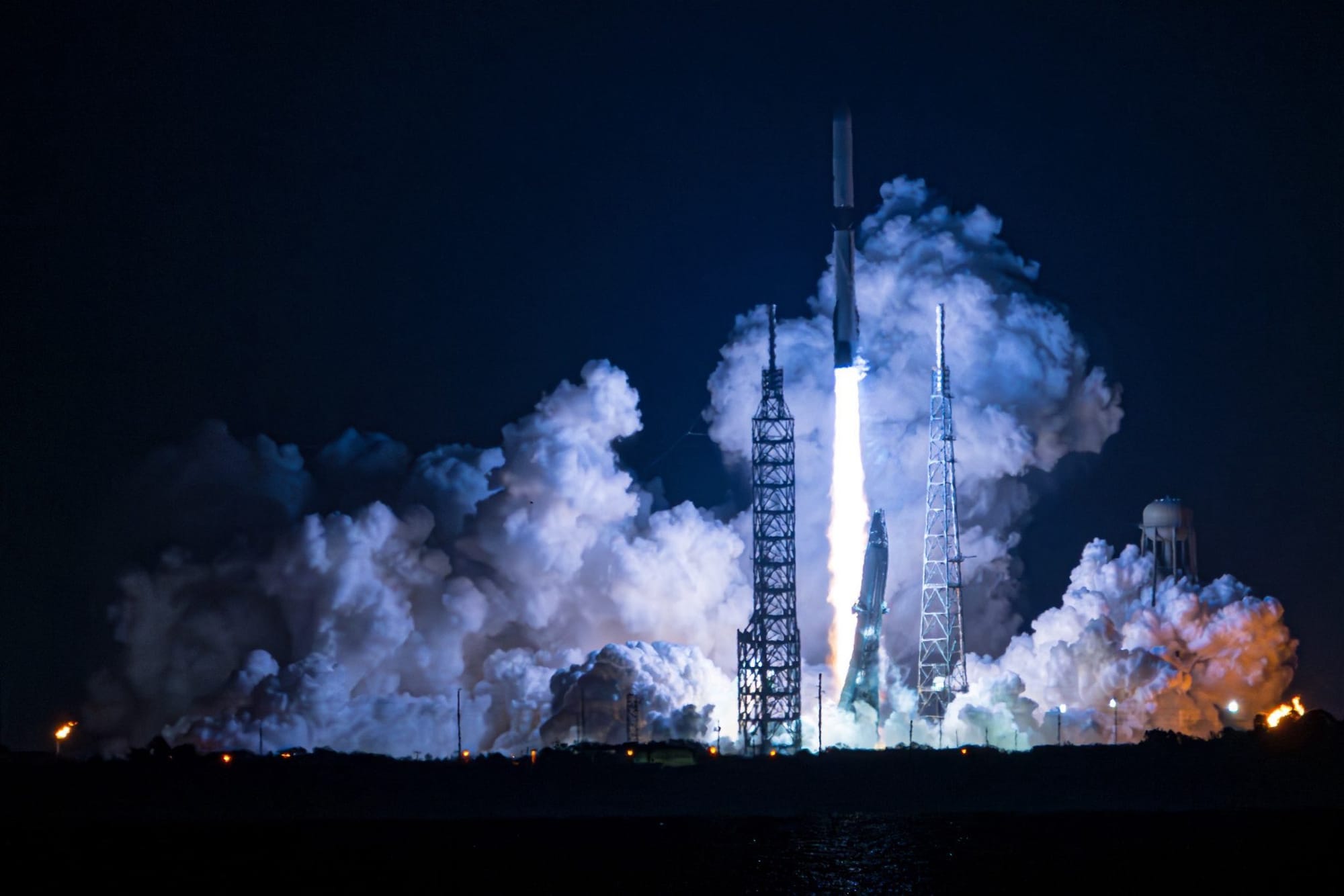Table of Contents
Blue Origin has sent two spacecraft toward Mars for NASA and successfully landed New Glenn's first-stage for the first time!
For the second time, New Glenn lifted off from Launch Complex 36, in Florida, under the power of its seven BE-4 engines to carry the vehicle out of the atmosphere and its payloads on a trajectory away from Earth.
New Glenn liftoff. Pretty as hell. pic.twitter.com/TWoybs8MXX
— Jack Kuhr (@JackKuhr) November 13, 2025
Liftoff of New Glenn with ESCAPADE from Launch Complex 36, via Jack Kuhr on Twitter.
New Glenn's first ascent in daylight saw all seven engines running again for the duration of the three-minute ascent burn, followed by a nominal separation of the two stages.
Following a perfect ascent, first-stage booster 'Never Tell Me The Odds' began its journey toward the Atlantic Ocean. Just outside of the atmosphere, the booster relit three of its engines to rapidly decelerate and to protect itself from the heat of reentry. Moments later, the same three engines lit again for another deceleration before shutting down all but one, then deploying six landing legs for a first successful touchdown on the drone ship 'Jacklyn'!
— Jeff Bezos (@JeffBezos) November 13, 2025
New Glenn booster 'Never Tell Me The Odds' performing its landing burn and touchdown on 'Jacklyn', via Jeff Bezos on Twitter.
That touchdown was followed by a planned energetic welding of New Glenn's landing legs to the drone ship to secure it, as well as the rollout and attachment of 'Jacklyn's autonomous vehicle safing robot.
The landing of booster 'Never Tell Me The Odds' has also made Blue Origin the second company in history to land a first-stage of an orbital rocket, after SpaceX with Falcon 9 and ahead of Chinese startup LandSpace with its soon-to-debut Zhuque-3.
While New Glenn's first-stage was landing back on Earth, its second-stage was completing its ascent towards a brief parking orbit, before then performing its escape burn to place ESCAPADE onto its path to the L2 Lagrange point. A half-hour after launch from Florida, the twin spacecraft separated from New Glenn for their trek to Mars.
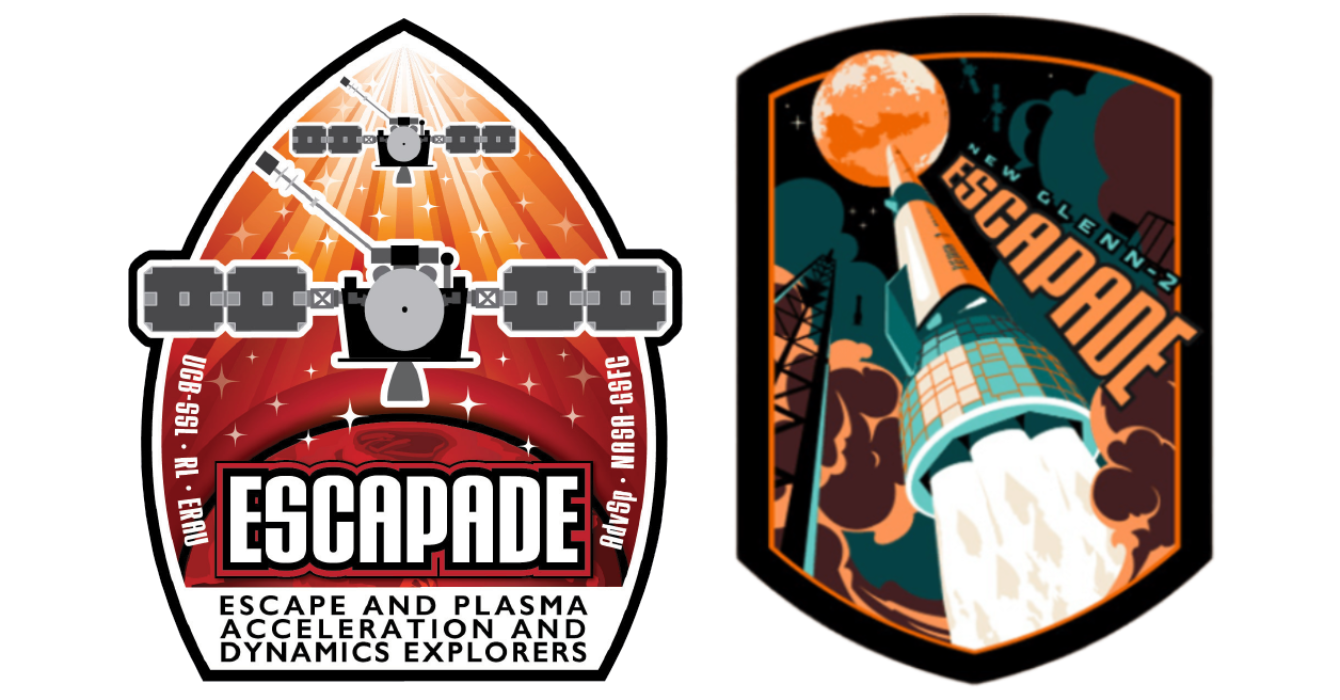
Long trek to Mars
Now in space, the twin ESCAPADE spacecraft are heading toward the Earth-Sun L2 Lagrange point to wait for the 2026 Mars transfer window to open. That point in space allows the spacecraft to maintain position without needing to expend much of its propellant, while allowing for a cheap departure.
Once the 2026 window opens, both ESCAPADE spacecraft will dive back toward Earth before performing Mars transfer orbits. After that, they will spend several months traveling through interplanetary space, ending with maneuvers to enter Mars' orbit.
After reaching Mars, the ESCAPADE mission is set to study the interaction of solar wind with the red planet's upper atmosphere, in how it interacts with the magnetosphere and the weak atmosphere. To do so, both spacecraft have a magnetometer, an electrostatic analyzer, a suite of Langmuir probes, as well as visual and infrared cameras.
Both of the 535-kilogram 1.2 by 1.65 by 1.09 meter spacecraft have a single main engine, burning monoxides of nitrogen and monomethyl hydrazine, as well as a set of cold gas nitrogen thrusters for orientating them. For communicating with Earth, the Mars-bound twins have a series of low-gain, medium-gain, and high-gain X-band antennas, with power provided by two solar wings of two panels.
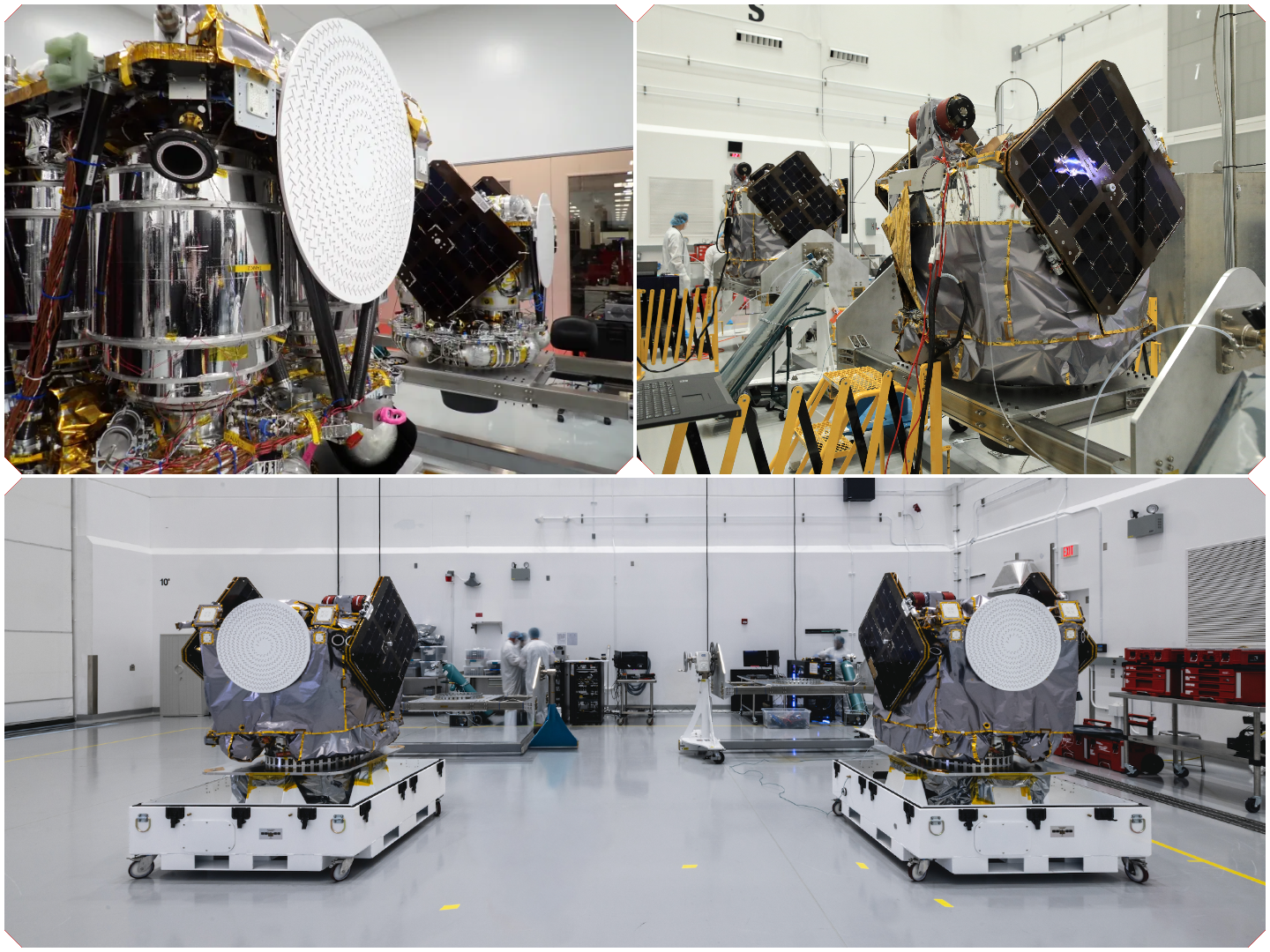
The ESCAPADE mission is NASA-supported, led by the University of California, Berkeley's Space Sciences Laboratory, with the spacecraft designed by Advanced Space, and the twins manufactured by Rocket Lab.
What is New Glenn?
New Glenn is Blue Origin's partially reusable heavy-lift launch vehicle. The rocket currently flies solely from Launch Complex 36 in Cape Canaveral, located in Florida.
The payload capacity of New Glenn, when recovering the booster downrange, is currently as follows:
- 45,000 kilograms to low Earth orbit
- 13,600 kilograms to geostationary transfer orbit
- 7,000 kilograms to a trans-lunar trajectory
— Jeff Bezos (@JeffBezos) November 8, 2025
New Glenn being transferred into its launch position at Launch Complex 36, via Jeff Bezos on Twitter.
The first-stage is planned to be powered by seven BE-4 engines burning liquid methane and liquid oxygen to generate 1,746 tons of thrust. The second-stage is planned to be powered by two BE-3U engines burning liquid hydrogen and liquid oxygen to generate 145 tons of thrust.
For recovery, New Glenn plans to use four fins located near the top of the booster, to control the boosters' descent when unpowered, and six landing legs that are stowed at the bottom of the booster during flight. It is currently believed that Blue Origin only plans to land the first-stage booster downrange on a drone ship.
On the launch pad, the rocket is 98 meters tall and 7 meters in diameter, Blue Origin has not yet said how much the launch vehicle weighs fully fuelled.

